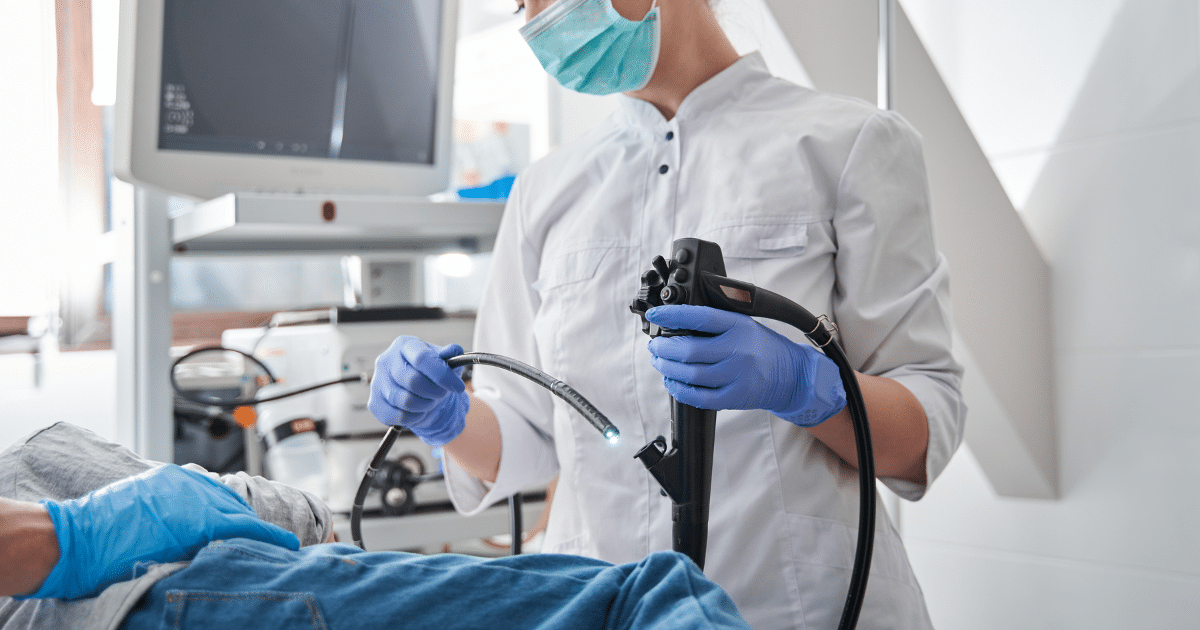Summertime is great for outdoor activities, but summer also, unfortunately, brings more opportunities for skin rashes. Whether it is heat rash, encountering poison ivy, or breaking out after trying a new laundry detergent, a skin rash can be painful, concerning, and incredibly frustrating. However, by understanding the facts about common skin rashes, you can help with identifying treatment and whether or not it’s time for a doctor’s visit.
1. Contact Dermatitis
Contact dermatitis is an exceptionally common cause of skin rashes and one that is not necessarily triggered by spending time outdoors. There are really two major types of contact dermatitis, and the most frequently seen is irritant contact dermatitis. This kind of contact dermatitis occurs when a rash forms in response to skin damage. The damage is usually chemical, such as irritation caused by glue, shampoo, pollen, cosmetics or laundry detergent.
The second type is allergic contact dermatitis. This problem occurs when you have an allergic reaction to a substance that you touched or somehow made its way into your body. Allergens that cause allergic contact dermatitis can include food or food components, like flavorings or colorings. Additionally, intravenous medical dye, certain metals, and even poisonous plants like poison ivy can result in allergic contact dermatitis. For a complete list of plants in Connecticut that are known to cause contact dermatitis, click here.
Symptoms
Contact dermatitis usually manifests as a red, itchy rash in a limited area of your skin. You may notice some localized blistering and mild swelling. Most cases should resolve after two to four weeks as long as you avoid further contact with the trigger.
Treatment
You can typically treat contact dermatitis with over-the-counter anti-itch skin creams. Moist, cool compresses applied to the affected area can also help and also provide some instant relief. If your symptoms do not resolve after two to four weeks, if the rash is on your face or genitals, or if the rash is especially painful or widespread, it’s time to see your Connecticut primary care physician.
2. Heat Rash
Heat rash is caused by clogged pores that trap sweat and prevent it from escaping your skin. It is also called prickly heat, and heat rash is naturally the most problematic during the summer. Although adults and older kids can certainly suffer from heat rash, it is most common in newborns and very young children. In Connecticut, heat rash can occur during hot, humid weather or after lots of sun.
Symptoms
Heat rash is a red rash that may form fluid-filled blisters. It typically appears in skin folds, the armpits and the groin area.
Treatment
Simply cooling the skin with air flow is all you need to do for most heat rash cases. It should clear up within a couple of days. If pus appears, fever or chills arrive, or you notice swollen lymph nodes, call your family doctor or your child’s pediatrician right away.
3. Poison Ivy/Poison Sumac
These plants contain a chemical called urushiol which causes allergic contact dermatitis in most people. While poison ivy and poison sumac both thrive in Connecticut, poison oak does not grow this far north. Learn to identify these two plants and take care to avoid them.
In Connecticut, plants are most hazardous in the spring and summer when their oil content is at its peak. This oil can remain potent on surfaces for months, posing a lingering risk of exposure.
Symptoms
One to two days after exposure to these plants, an itchy, red rash forms. Blisters and swelling may also appear. The symptoms last for two to four weeks.
Treatment
Over-the-counter remedies like calamine lotion usually help with the symptoms. However, if you develop a fever, inhale smoke from burning poison ivy or sumac, or notice pus from the rash, seek medical help right away.
4. Eczema
Unlike the common skin rashes discussed above, eczema is a chronic problem. Also called atopic dermatitis, eczema is a genetic disorder that makes your skin especially susceptible to irritation and inflammation. Eczema tends to flare periodically, but the symptoms can usually be controlled.
Symptoms
Signs of eczema include frequent bouts of itchy, reddened skin. You may also experience skin crusting and small raised skin bumps.
Treatment
Many eczema cases are successfully managed with over-the-counter products like creams and ointments. Moisturizing with lotions designed to treat eczema is also important. If symptoms become unmanageable or interfere with your everyday life, see your doctor. They may be able to offer prescription medications or refer you to a dermatologist.
5. Psoriasis
Psoriasis is another chronic medical problem and affects more than eight million Americans. However, even though psoriasis mainly manifests as skin symptoms, it is actually an autoimmune disorder. In psoriasis, your immune system is overactive and attacks your skin cells.
Symptoms
Psoriasis comes in many varieties, but general symptoms include dry skin that may form plaques or silver-colored scales, cracked and bleeding skin, itching and burning skin, and thickened nails.
Treatment
If you suspect you have psoriasis, see your doctor, particularly if you notice stiff and/or swollen joints. This can be a sign of psoriatic arthritis. Your doctor may prescribe medications, recommend over-the-counter treatments, or refer you to a specialist. There are also prescription drugs available for more severe cases of psoriasis that mediate your immune system to treat the disease at its source.
If you’re experiencing a skin rash and feel that it needs medical attention, you can find a board-certified primary care physician in Connecticut to help you by using our searchable list here.






